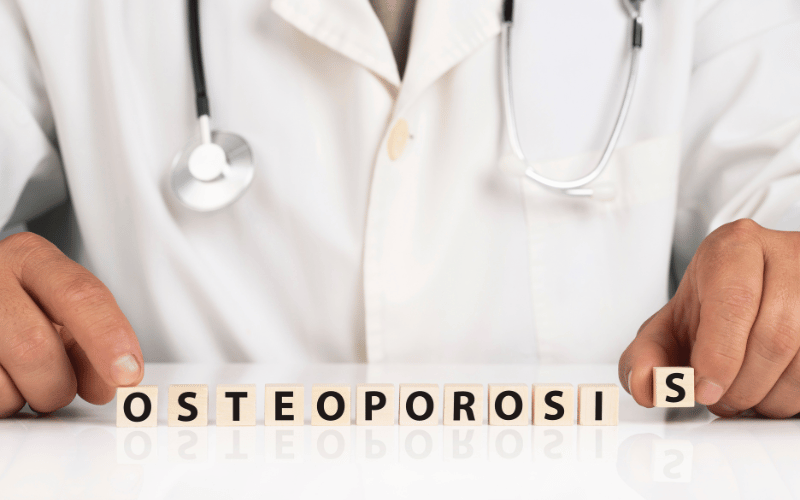Symptom 7: Bone Thinning (Osteoporosis)

While we might not think about our bones regularly, they’re tirelessly working as our body’s framework. But for someone with Cushing’s disease, this silent support system is steadily wearing down. Osteoporosis, or the thinning of bones, doesn’t loudly announce its presence. It’s a silent condition, making it even more treacherous. The connection between Cushing’s and osteoporosis is primarily attributed to the excess cortisol, a common factor in Cushing’s disease.
How does a hormone like cortisol lead to brittle bones? The science is clear-cut. Cortisol interferes with the bone remodeling process. Our bones undergo constant renewal — old bone is replaced by new. However, a surplus of cortisol decreases bone formation and promotes bone resorption (or breakdown). Over time, bones lose their density and strength, becoming more porous and susceptible to breaks even from minor incidents.
The truly vexing part about osteoporosis is its sneaky progression. For many, the first sign is a painful fracture after a seemingly innocuous fall. This is why medical professionals advocate for regular bone density scans, especially if there are other indicators of Cushing’s disease. Early detection can be a game-changer, helping initiate treatments that strengthen bone or halt the progression of bone loss. (7)